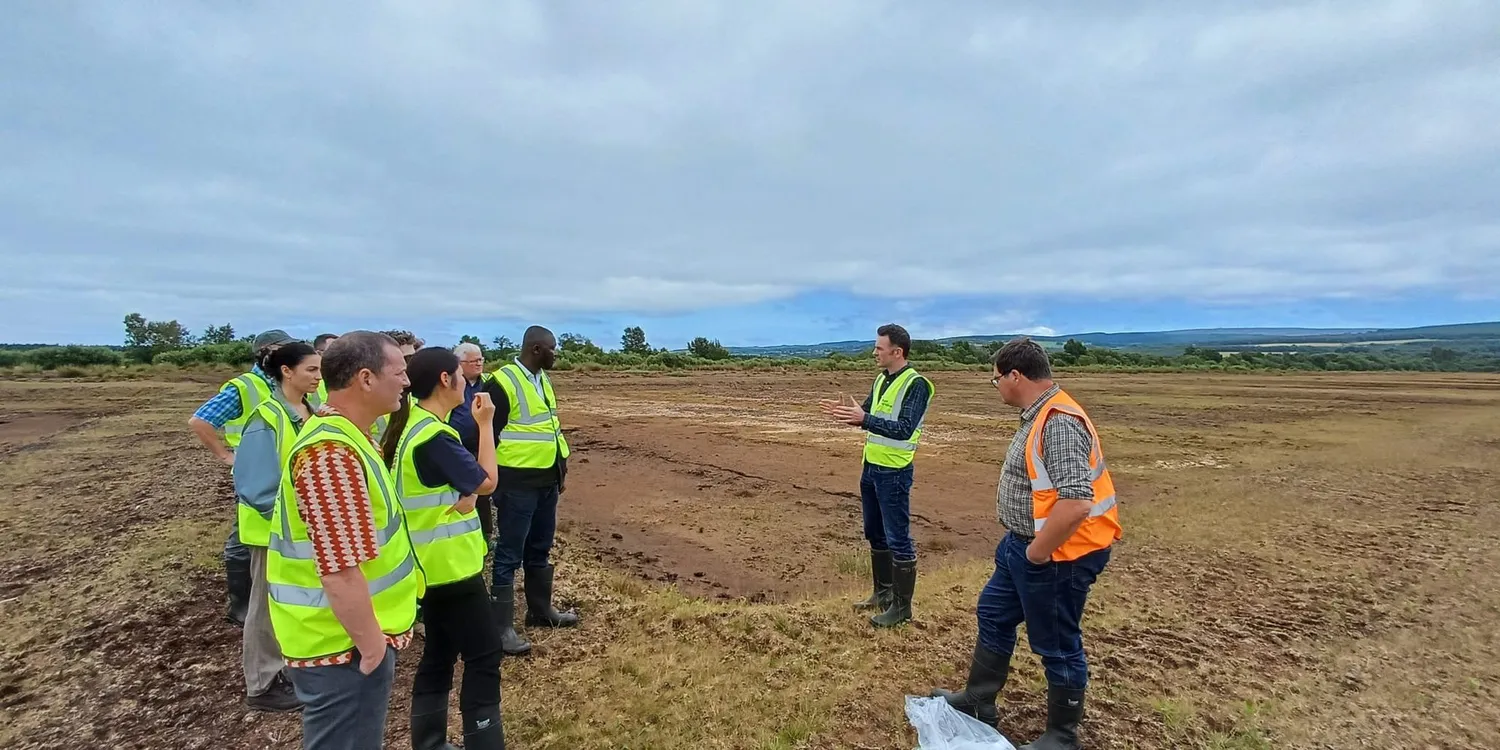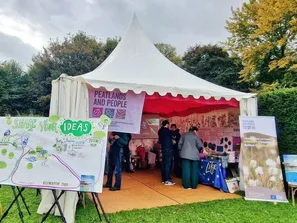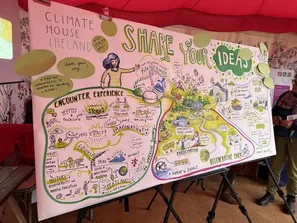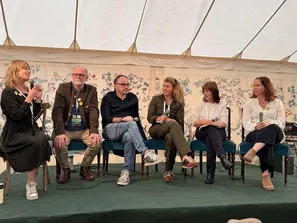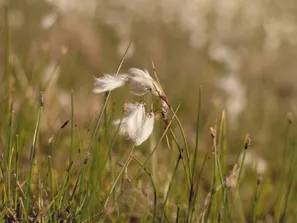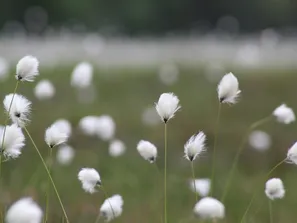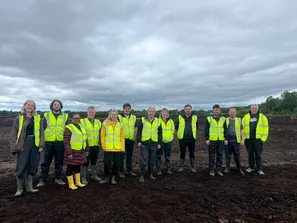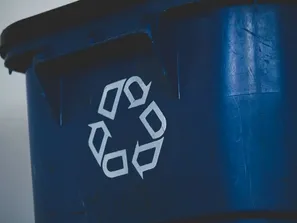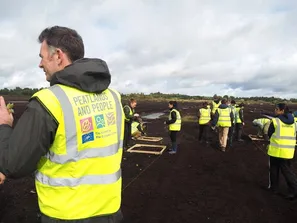11 Jul 2025
On Wednesday, June 9, 2025, the Peatlands and People project held its annual EPA researcher meeting. The meeting brought together scientists from several EPA projects, which inform the implementation, impacts and monitoring of the Peatlands and People project.
From monitoring GHG gases to water quality and remote sensing, the projects highlighted innovative research on managing Ireland's peatlands in a way that maximises their potential for climate mitigation. The meeting concluded with a visit to one of BnM’s restoration sites to plant sphagnum moss and discuss growth and survivability of the planting efforts.
Below are some key highlights from the day!
🌿 Link to Policy: The EPA licenses 9 Bord na Móna (BnM) sites, all with detailed rehabilitation plans. Research outputs from the EPA-funded projects contribute to the policy, such as the National Restoration Plan, the National Peatlands Strategy update, the Climate Action Plan and Water Framework Directive (WFD) objectives.
🌿 Illegal Peat Extraction: Remains an issue across the country, highlighting the need for further regulation and monitoring.
💧 Peatlands and Water Quality: Draining peatlands lowers the water table and leads to the decomposition of plant material, soil shrinkage and the release of CO2 emissions into the atmosphere. It also affects the water quality within the bog itself and downstream water bodies due to runoff, hydrological disruption, and nutrient loads. Common pressures include: Ammoniacal nitrogen, phosphorus, organic matter (BOD, COD, DOC), fine sediment and altered catchment hydrology.
💧 Water and Peat as part of PCAS: Bord na Móna peat production ceased in 2019. Following this, BnM has focused on enhanced rehabilitation of 33,000 ha with the Peatlands Climate Action Scheme. The goal is to rewet the former industrial peat production areas, creating soggy peatland conditions that will allow compatible peatland habitats to develop, enhancing biodiversity, improving water quality, and supporting a just transition.
🌿LULUCF In Ireland - a carbon source: Overall, LULUCF is considered a carbon sink at the EU level. Ireland shows a reversed picture, however, with LULUCF acting as a carbon source rather than a carbon sink across the country. Grassland occupies most of the land area in Ireland under the categories of LULUCF.
🌍 Project Spotlights
🌿Peat Hub Ireland: The completed EPA-funded project worked towards collating evidence to identify knowledge gaps, trends, risks and opportunities for a sustainable future for Ireland’s peatlands. The project’s “Bogland” report informed the National Peatlands Strategy. Some of the most important outputs include: 1) a glossary of terms, 2) a national database of peatland research and 3) policy briefings to guide sustainable peatland management.
🛰️ Wet-Peat Project: The project uses state-of-the-art modelling techniques on a representative selection of Ireland’s peatlands to provide insight into how restoration measures may be enhanced. Researchers from the University of Galway and Trinity College Dublin work across five study sites (Castlegar, Ballycon, Clooneeny, Ballaghurt, and All Saints) using a mixture of on-site measurements and remote sensing to monitor bogs before and after restoration work. A water quality model has been developed and verified and CO₂ and methane fluxes are being monitored. Researchers use satellite (SAR) and machine learning to monitor water table depth and classify vegetation communities.
🌿 CO2Peat Project: is dedicated to improving methodologies for reporting and verifying terrestrial CO₂ removals and emissions from Irish peatlands. The project introduced a new tool called the 'miniRECgap' R-Package for Simple Gap-Filling of Missing Eddy Covariance CO2 Flux Measurements, which was accepted in the Environmental Modelling & Software Journal. A new project, “AIMINGPEAT,” will aim to model both CO₂ and CH₄ across peatland types using an integrated framework.
🌿 CH4Peat Project:The comprehensive work under this project is now wrapping up in July 2025. The project aimed to quantify methane (CH4) emissions from two rewetted peatlands located in the Irish midlands. Researchers measured CH4 fluxes and in-situ environmental data from different vegetation microsites (Molinia grass, Sphagnum mosses, Eriophorum, Carex rostrata, Phragmites, Typha and open water) at the Ballycon and Derries peatlands.
🌿 ASPEN Project: The project is working to enhance our knowledge base of nitrous oxide (N2O) emissions from a range of peatland ecosystems. The project is assessing emissions from a range of sites, including near-natural raised bogs, agricultural peatlands under grassland management and former industrial extraction sites. The study presented showed N2O emissions from grass-based agricultural peatland from different N amendments in three growing seasons and different drainage status. Changes of cumulative N2O emissions during the fertilisation period indicate the effect of different seasons, treatments and sites.
📅 Looking Ahead: A national seminar/conference is planned for 2026, highlighting the key outputs under the EPA-funded projects with the aim of driving future research.
